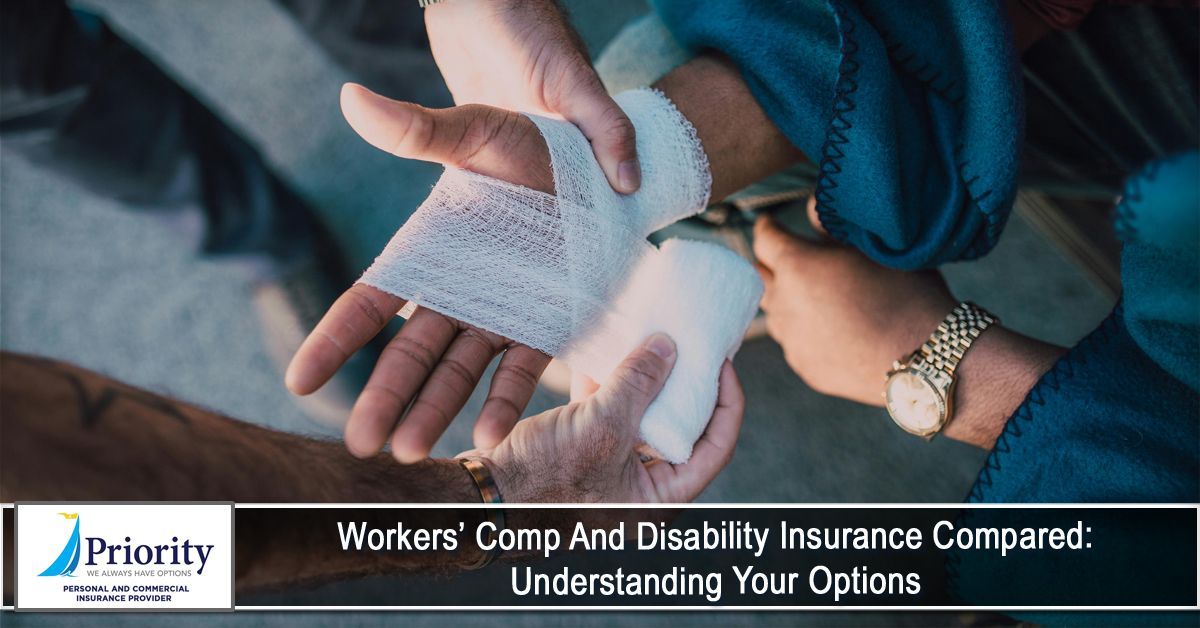
When most homeowners think about insurance, they focus on covering the structure of their home and personal belongings. But there’s another important part of a home insurance policy that often gets overlooked: Loss of Use coverage.
This coverage can be a lifesaver if your home becomes temporarily uninhabitable due to a covered event, ensuring you and your family have a safe place to stay without draining your savings.
What Is Loss of Use Coverage?
Loss of Use coverage—sometimes called Additional Living Expenses (ALE)—pays for the extra costs of living elsewhere when your home can’t be occupied due to a covered peril, such as a fire, storm damage, or major water damage.
What Does Loss of Use Cover?
- Temporary Housing
Hotel stays, apartment rentals, or other temporary accommodations. - Increased Living Expenses
Extra costs for meals, utilities, or commuting if they rise above your normal expenses. - Storage Costs
Renting space to keep your belongings safe while your home is being repaired. - Pet Boarding Fees
Covers boarding pets if they can’t stay with you during repairs. - Lost Rental Income (for landlords)
Reimburses lost rent if you rent out part of your home and it’s uninhabitable due to a covered event.
What Loss of Use Does Not Cover
- Damage not caused by a covered peril (e.g., floods or earthquakes without separate coverage).
- Normal expenses you would pay anyway, like your mortgage or property taxes.
- Luxury upgrades (insurance pays for “comparable” living expenses, not an upgrade in lifestyle).
Why Loss of Use Coverage Is So Important
- Peace of Mind: You won’t have to worry about where your family will live if disaster strikes.
- Financial Protection:
Temporary housing and meals add up quickly—this coverage keeps you from paying out-of-pocket.
- Business Protection for Landlords: Ensures rental income isn’t lost if tenants can’t occupy the property.
- Essential During Long Repairs: Major rebuilds can take months, making this coverage critical.
Tips for Homeowners
- Check Your
Policy Limits: Many policies cap loss of use coverage at a percentage of your dwelling coverage (often 20–30%).
- Know What’s Covered:
Review your policy to understand which perils trigger coverage.
- Keep Receipts: You’ll need to document expenses for reimbursement.
- Consider Supplemental Policies: Flood or earthquake insurance may be necessary to cover additional risks.
Conclusion
Loss of Use coverage may not get as much attention as structural or personal property coverage, but it can make all the difference when disaster strikes. By covering temporary housing and extra living expenses, it protects your family’s comfort and financial stability while your home is being restored.
Don’t overlook this vital part of your home insurance policy—it’s the safety net you’ll be glad to have if the unexpected happens.
At Priority Insurance LLC, we put our clients first by offering them policies that they can afford. Having insurance is a necessity nowadays, and we're here to help you out. Learn more about our products and services by calling our agency at (864) 297-9744. You can also request a free quote by CLICKING HERE.
Disclaimer: The information presented in this blog is intended for informational purposes only and should not be considered as professional advice. It is crucial to consult with a qualified insurance agent or professional for personalized advice tailored to your specific circumstances. They can provide expert guidance and help you make informed decisions regarding your insurance needs.











